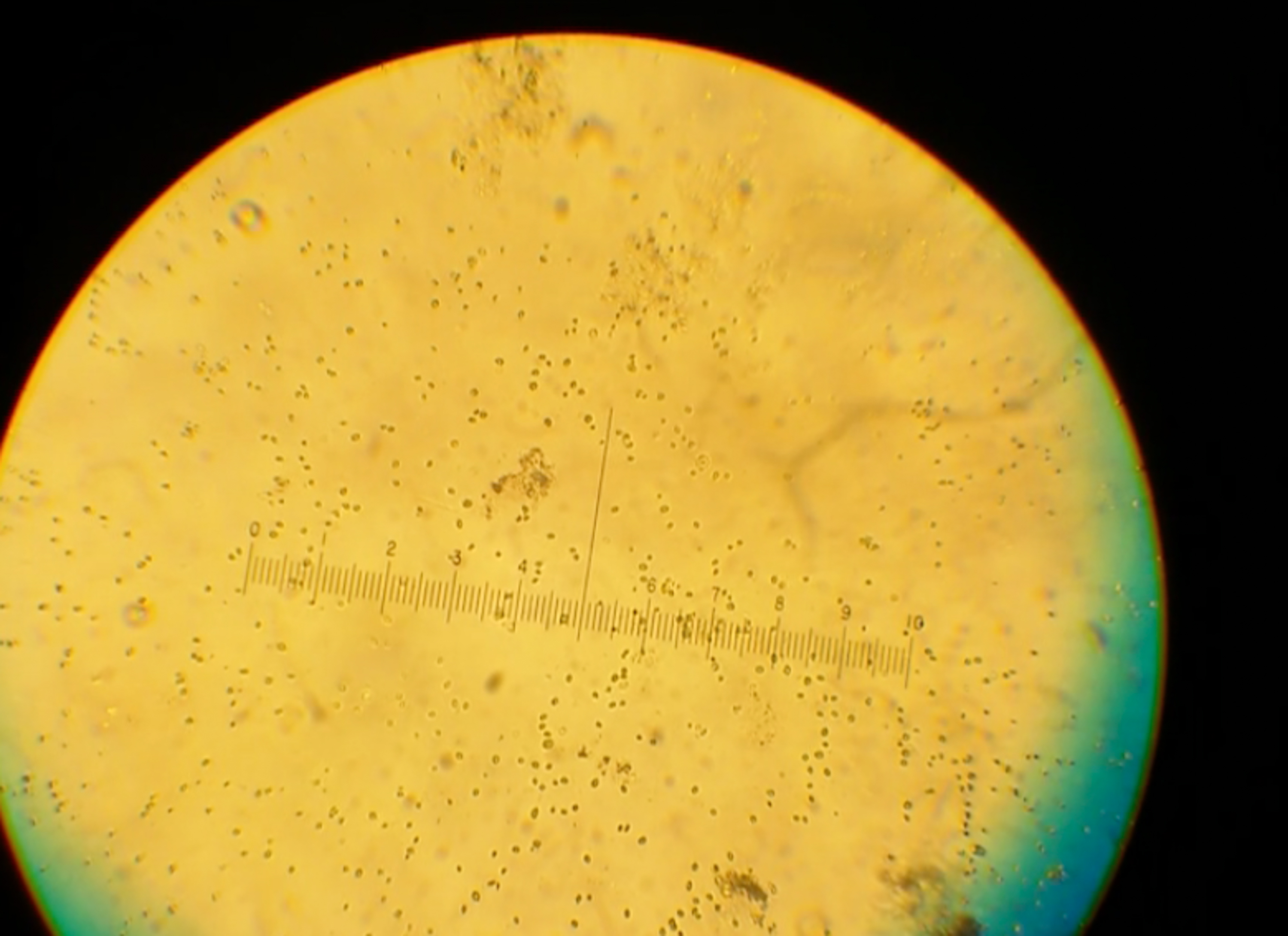
Lire la suite
1,3 MO pdf
Raphaëlle Mueller
With the acceptance of the term Anthropocene, we now face the fact that anthropogenic-capitalist actions on nature are shaping a new form of aesthetic made up of pollution and toxicity. As an artist and researcher, I’m aiming to process this new era through the lens and perspective of a subjective inquiry, reflecting on the image/landscape itself as a participant in the political ontology of toxifying technologies. It concerns the intoxicated vibrant matter and its ecology, which ties the lithosphere, the biosphere and the technosphere. In order to articulate these scales and disciplines, I focus my case study on a visually loud, but epistemically silent red lake of dumped bauxite waste situated in Tulcea, a city on the Danube in Romania.
My research works with a set of questions raised from different disci- plines yet articulated in a web of key principles in the present paper. Entanglement lies at the heart of the relation between aesthetics and toxicity, and it is, therefore, desirable to understand its discrepancies in the context of a broader theoretical discourse, namely that which contrasts representation and materiality within an image. Environmental catastrophes are attracting widespread interest all over the world, images circulate on news broadcasts as well as on social media or are captured in works of art. For this reason, I find it challenging to map the image-capacity of the bauxite waste, or in a form of question; what kind of ontological image does this polluted lake might produce?
The approach I have used in this research aims to prove that the matter is a form of media. With this in mind, the image is opposed to knowledge whereas matter itself generates knowledge. In fact, it is a new status to the image as it is not a merely fixed representation or inert index, but a productive agent. The other purpose of this study is to describe and examine the possible agencies of toxic matter.
In the key moments of my research, I unfold and analyse hidden characteristics that are laying under the surface of an image, in particular, a series of my pictures taken on the site of the red lake in 2014. These moments open up with ecological, economical and political issues related to the red mud through a narrative field based on my empirical experience. It is followed by an image/media theory question about representation, which is inextricably bound to ethics and the biopolitics of capitalism. I also share the experience of my latter fieldwork while unveiling the vocabulary and the development of the research. Then, empiricism is brought into a discursive space marked by the idea of an ontological shift of perspective, considering matter as a form of media. Finally, this work tends to provide a possible solution, a strategy to activate my own artistic practice within a community of hackers, scientists and people with ecological awareness.